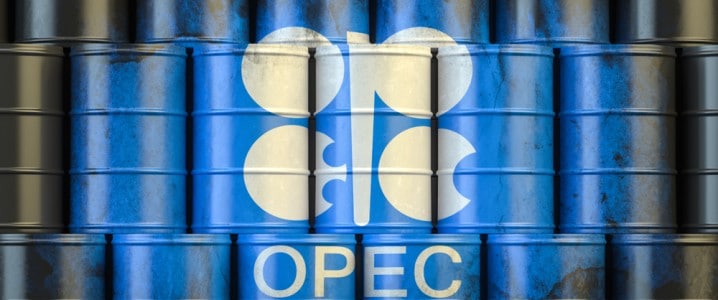
The OPEC+ group’s decision to cut oil supply as of November increases energy security risks worldwide and could lead to higher oil prices that could be the tipping point for a global recession, the International Energy Agency (IEA) said on Thursday, describing the OPEC+ production cut as one of the multiplying “disruptive market forces”.
Last week, OPEC+ announced the biggest cut to its target production level since 2020. Despite the headline cut of 2 million bpd, the actual reduction from current OPEC+ oil production would be half that figure, at around 1 million bpd-1.1 million bpd. That’s because many producers haven’t been able to produce to their quotas for months.
Nevertheless, the OPEC+ cut will curtail global oil supply and could send oil prices higher, the IEA said in its closely-watched Oil Market Report published on Thursday.
“Disruptive market forces are multiplying as the world struggles to navigate the worst global energy crisis in history. The OPEC+ bloc’s plan to sharply curtail oil supplies to the market has derailed the growth trajectory of oil supply through the remainder of this year and next, with the resulting higher price levels exacerbating market volatility and heightening energy security concerns,” the agency said.
“With unrelenting inflationary pressures and interest rate hikes taking their toll, higher oil prices may prove the tipping point for a global economy already on the brink of recession,” the IEA added.
As a result of stronger economic headwinds, the IEA cut its oil demand growth forecast by 60,000 bpd for this year, and now expects global oil demand to grow by 1.9 million bpd in 2022, compared to expectations of 3.2 million bpd growth before Russia’s invasion of Ukraine. The agency slashed demand growth estimates for 2023 by a massive 470,000 bpd compared to the September report, and now sees demand rising by 1.7 million bpd next year.
“The still relatively robust headline figure masks a sharp slowdown underway, with demand now forecast to contract by 340 kb/d y-o-y in 4Q22, despite increased gas-to-oil switching in power generation and industry,” the IEA said.
The agency also expressed doubts that the current high prices would incentivize an investment and supply response from non-OPEC producers, considering that U.S. shale keeps discipline and faces supply-chain issues and cost inflation.
“This casts doubt on suggestions that higher prices will necessarily balance the market through additional supply,” the agency noted.
























